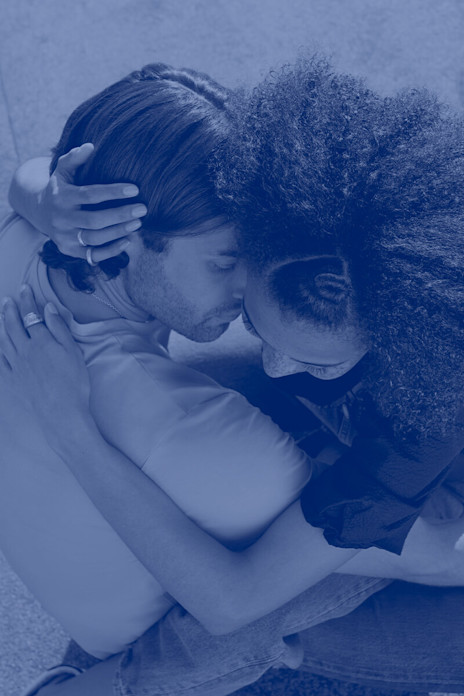HOW TO TREAT SEBORRHEIC DERMATITIS
Seborrheic dermatitis shares many symptoms with dandruff. Find out what they are and how you can easily treat it.
Seborrheic dermatitis is a scalp condition similar to dandruff as they share common symptoms. These include:
flakes
itching
irritation
redness
They are both caused by the naturally occurring microbe species on the scalp called Malassezia.
THE DIFFERENCE BETWEEN SEBORRHEIC DERMATITIS AND DANDRUFF
Seborrheic dermatitis is an extreme form of dandruff, which means its symptoms are much more severe.
SYMPTOMS OF SEBORRHEIC DERMATITIS
You may experience one or more of the following:
severe flakes adhered to the scalp (also called “scaling”)
yellowish flake scales that can be oily
inflamed areas on the scalp
symptoms occurring on other body areas, like the face, chest, or back
POPULAR TREATMENTS FOR SEBORRHEIC DERMATITIS
Like dandruff, seborrheic dermatitis can be treated with a medicated shampoo.
There are many shampoos on the market that contain different active ingredients to treat seborrheic dermatitis.
coal tar
salicylic acid
ketoconazole
pyrithione zinc
selenium sulfide
CHOOSING THE RIGHT ACTIVE INGREDIENTS TO TREAT SEBORRHEIC DERMATITIS
While all these actives provide some symptom relief, the most effective shampoos contain actives that work on the root cause of seborrheic dermatitis, and help keep it away.¹
Head & Shoulders Clinical Strength shampoo with selenium sulfide works on the cause of dandruff, and not just the symptoms for prescription strength flake protection.²
With our Clinical Strength Shampoo, you can treat your seborrheic dermatitis quickly and safely.
The shampoo is tough on flakes, while providing instant relief from itchiness and redness.
Your scalp is calmed and comfortable, and your hair is left smelling fresh and clean, with no evidence of flakes.¹
¹ Visible flakes with regular use
² vs. prescription dandruff shampoo with 2% Ketoconazole

